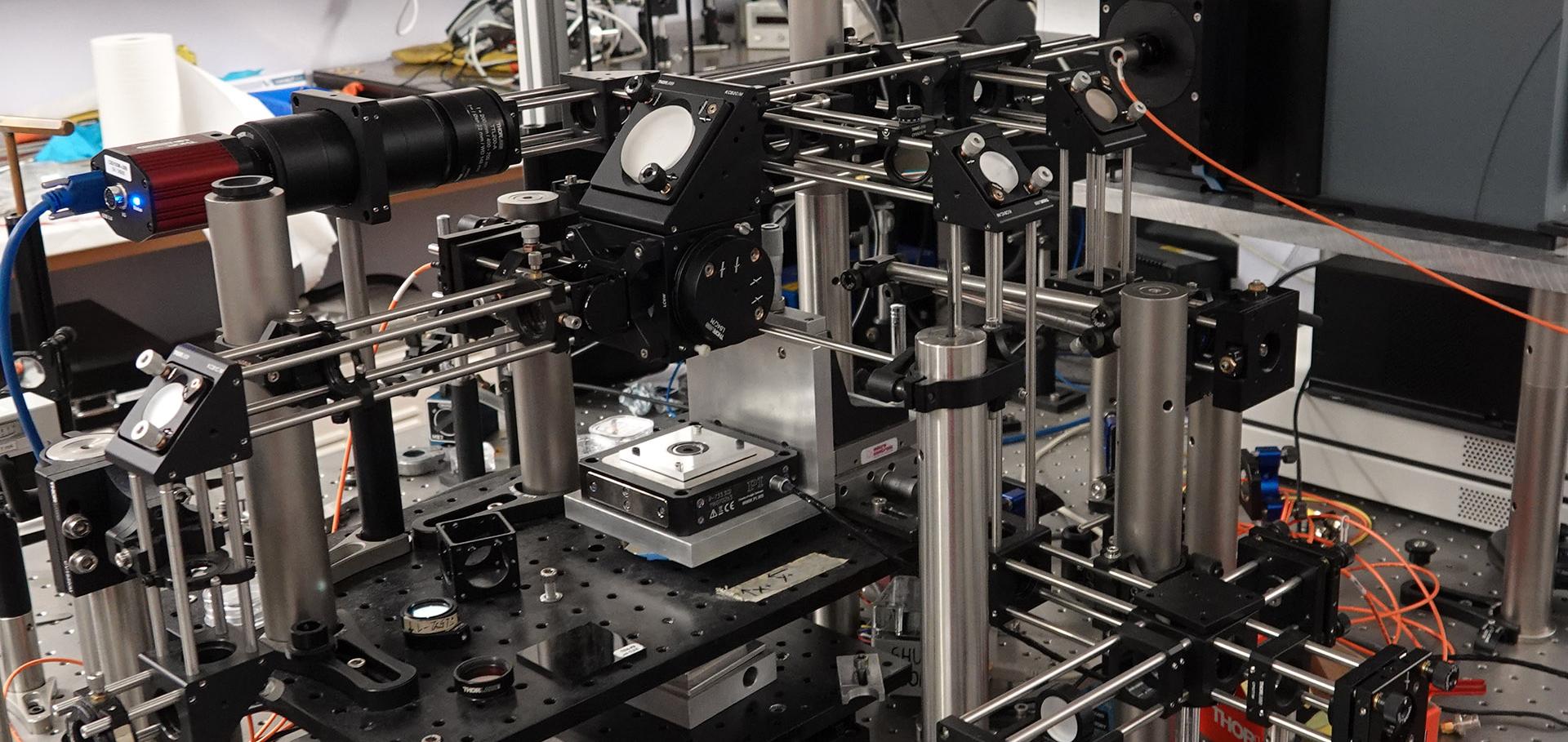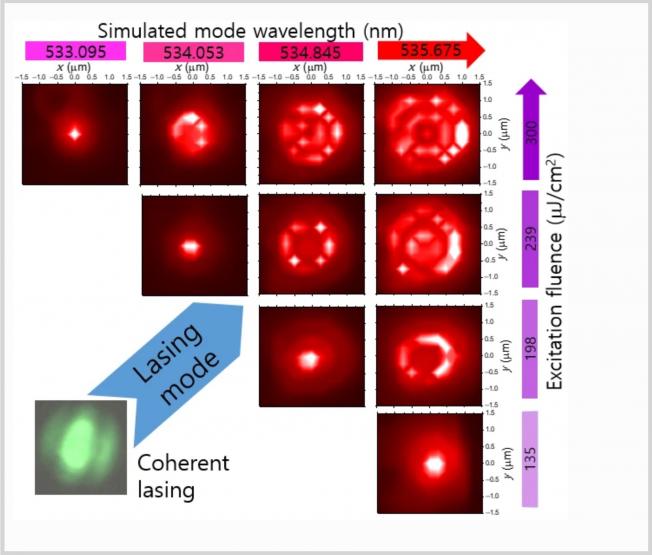Time-resolved and CW optical studies of MBE-grown ZnTe/GaSb epilayers
Journal of Luminescence 60-61:C (1994) 786-787
Abstract:
We report optical studies of MBE-grown ZnTe/GaSb. Main impurities and free exciton resonances are determined, and polariton-phonon scattering is observed. We also report time-resolved photoluminescence studies, yielding an estimate of the LO phonon lifetime in ZnTe. © 1994.Time-resolved and CW optical studies of MBE-grown ZnTe/GaSb epilayers
Journal of Luminescence 60-61:C (1994) 788-791
Abstract:
We report optical studies of MBE-grown ZnTe/GaSb. Main impurities and free exciton resonances are determined, and polariton-phonon scattering is observed. We also report time-resolved photoluminescence studies, yielding an estimate of the LO phonon lifetime in ZnTe. © 1994.Time-resolved photoluminescence studies of stimulated emission and exciton dynamics in ZnSe/ZnS0.18 Se0.82 superlattices
Solid State Electronics 37:4-6 (1994) 1133-1136
Abstract:
We report measurement of time resolved photoluminescence from ZnSe/ZnSSe superlattices. We observe an anomalous fast-decay component in the luminescence at an energy corresponding to that at which stimulated emission is observed at higher pump densities. From consideration of the risetimes and spectral position of the lasing line, we infer an excitonic scattering mechanism to be responsible for lasing in these samples. © 1994.EXCITONIC PROCESSES AND LANSING IN ZNSSE/ZNSE SUPERLATTICES
SUPERLATTICES AND MICROSTRUCTURES 16:4 (1994) 371-373
PICOSECOND PHOTOLUMINESCENCE INTENSITY CORRELATION-MEASUREMENTS OF HOT CARRIERS IN GAAS/ALXGA1-XAS QUANTUM-WELLS
JOURNAL OF LUMINESCENCE 59:5 (1994) 303-313



